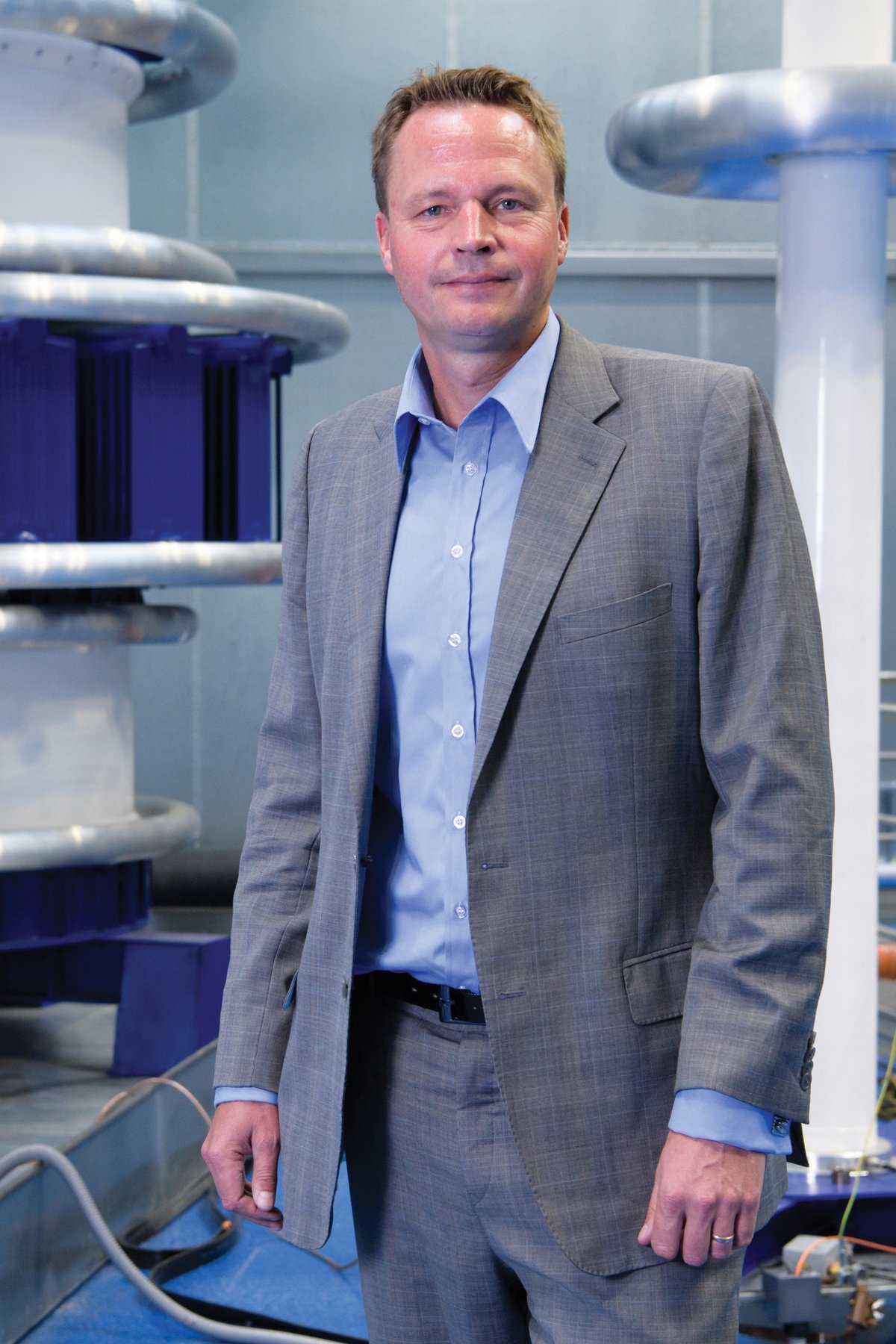Stefan Rustler is a man with a keen focus on developing strategic alignment between different roles, business units and regional operations to achieve true excellence. With a strong background in finance and operations, Stefan heads up TE Connectivity’s Energy Business Unit, serving a range of clientele across numerous global sectors including utilities, power OEMs and industrial.
TE Connectivity is a US$12-billion company that designs and manufactures more than 500,000 products for connecting and protecting the flow of power and data inside electrical products. The global supplier makes these next-generation products for the harshest environments, ranging from consumer electronics to healthcare, and from automotive to aerospace to communication networks.
Plant controller to Global GM
As Global GM for TE Connectivity’s Energy Business Unit — one of the operating units of TE Connectivity — Stefan oversees the production and sales of in-demand electrical products like cable accessories, connectors and fitters, insulators, lighting, and surge arrestors for power utilities, equipment manufacturers and transportation. Coming into TE Connectivity’s Energy business in 2015, Stefan says he joined the unit because of the challenge to make it stronger, before recognising the skill and capability in the Energy business. “It makes it a fun task. I came in very neutrally, simply observing how everything worked and meeting many of our people and customers. What really impressed me was the technical capability of our team. We are very strong in technical expertise, especially in product management and engineering, but also in sales.”
Stefan began his career as a plant controller across accounting and reporting remits with Egger Floor Products, before working as a senior consultant for Capgemini Ernst & Young in the early 2000s, where he had a particular focus on restructure, strategy and finance.
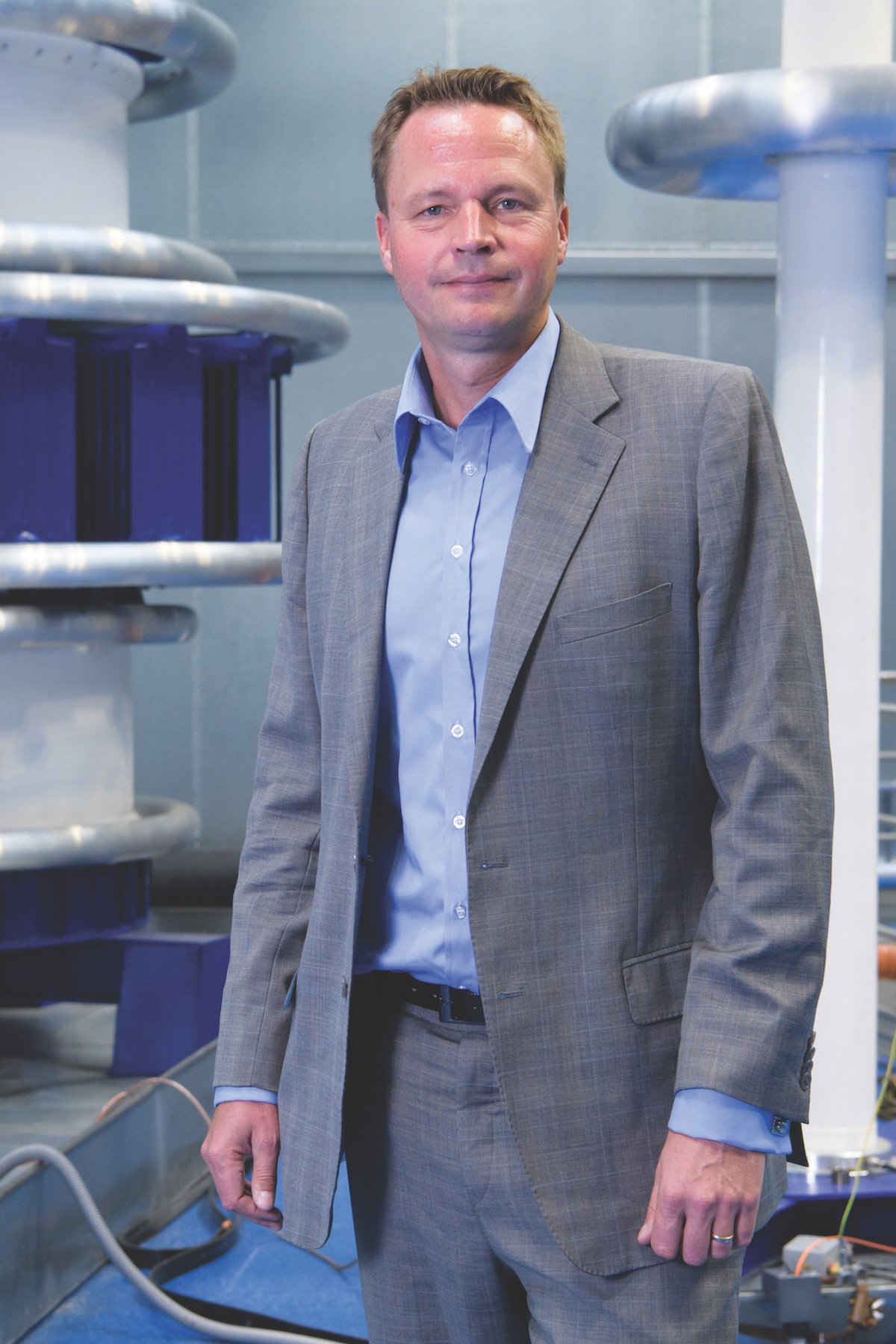
“What really impressed me was the technical capability of our team. We are very strong in technical expertise, especially in product management and engineering, but also in sales.” – Stefan Rustler
He transitioned back into hands-on business in 2003 when he became Head of Group controlling for Mondi Uncoated Fine Paper, before finally moving into a role at TE Connectivity as CFO for the EMEA region in 2006. From there, Stefan took on many leadership roles across different business units, including European Business Segment Director for small- and medium-sized customers, and then Global VP of Operations within TE’s distribution channel. Later, while serving 4 years in China as Vice President and General Manager for the Industrial Business Unit, he led the acquisition of a manufacturing company and built a factory.
Quality is a must
With 10-plus years of experience in different business functions across global manufacturing and engineering organisations, as well as more than a decade of experience in the electronics industry, Stefan is now living in Europe and leading the global Energy Business Unit. When he first came onboard the Energy Business Unit, Stefan’s assignment was to reboot and revitalise the division to ensure suitable growth and innovation.
“We have a very strong product portfolio and technical base, especially in our engineering and product management team, but to make it even more successful we have to really focus on keeping pace and ensuring all products are reliable and our processes are effective,” says Stefan. “It is very clear that the industry is a conservative one, and it is an industry that needs a lot of reliability. My simple vision is that our Energy Business Unit becomes the most reliable partner within our industry, so exceptional quality is a given. We are operating in very harsh environments, so quality is a must.”
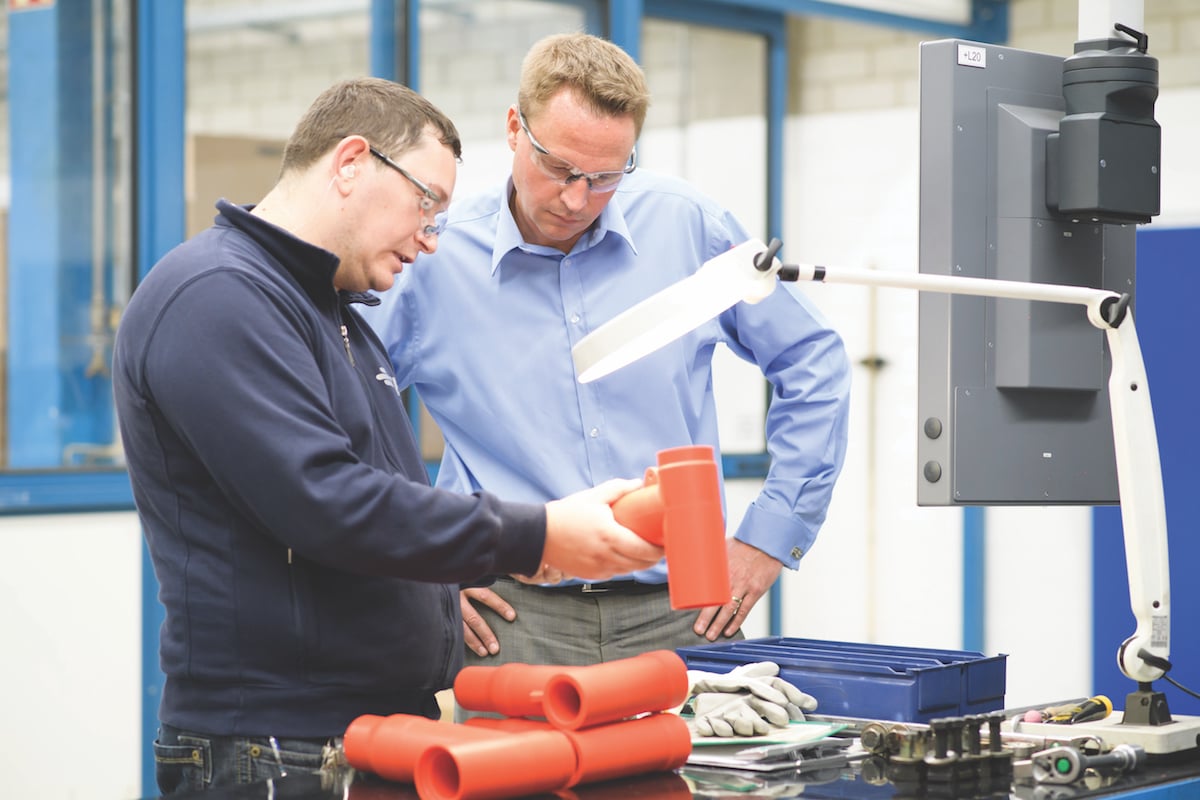
His plan for achieving ongoing growth is a collaborative one which homes in on strategic synergies between each business unit. The goal? To maintain the same quality of products and innovations that has led to customer loyalty like he has never seen before.
“As a business, we have 60 years of experience of proving ourselves. I have met a lot of customers across mature — Europe, America, Australia — and emerging — China, India, South East Asia, South America — countries and markets, and the loyalty to our products in all these regions is incredible. Honestly, in my former jobs and roles I have not experienced this kind of feedback from customers,” says Stefan.
Innovative, technology driven products
The Energy Business products will remain market-leading and innovative, Stefan says, with research and development carried out at 14 scientific and engineering research facilities around the world. The majority of R&D projects for cable accessories are handled in Germany, where a fully equipped high-voltage test lab, material labs, and the model shop are located. “Our ongoing research into new materials has led to a wide range of products with enhanced properties being created to meet the evolving needs of our customers,” he says.
“Another strength for us in Energy is that we are part of TE Connectivity. Most of our other peer business units are more in the electronic industry, but we clearly have synergy,” Stefan adds. As an example, he notes that a key area for the Energy business, going ahead, is the Internet of Things and incorporating more sensors into products to allow for more intelligent components and networking opportunities. “Clearly, where we can benefit, or are already benefiting, from our collaboration with other business units, is that they are already dealing with connectivity in harsh environments like aerospace, defence, industrial, and the like, so that also helps us to make our products more reliable.”
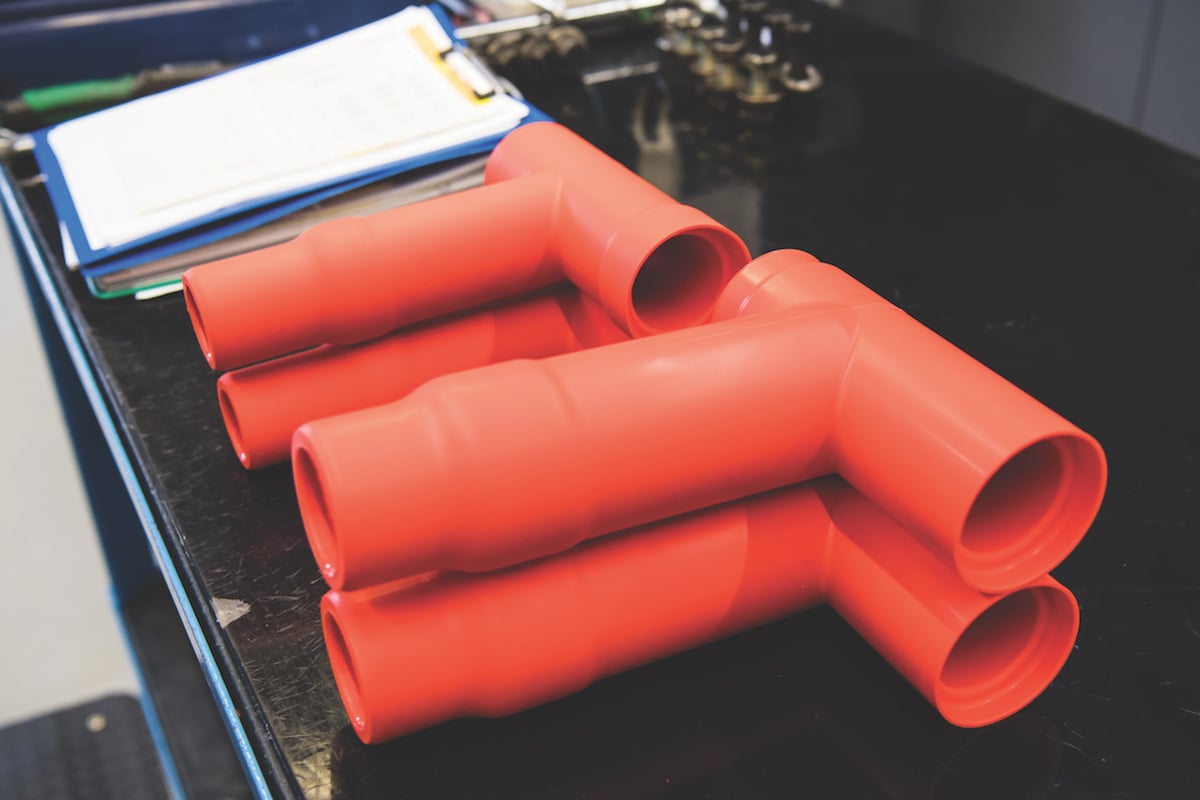
In addition, synchronising product development and manufacturing capacities globally, Stefan says TE’s Energy business is able to bring innovative, technology-driven products quickly to market. To achieve excellent quality products and service, and the required synergies to produce this, Stefan has 4 key strategic pillars: strengthening market strategies, achieving commercial excellence, working to a global model and removing complexity. “When I took over, we had strategies for sure, but these were not clear enough nor rolled out deep in the organisation. For me, a simple communication and execution plan is needed, as people can then better understand and align on the strategy, across different functions, and know what needs to be done. I think we have made some good progress here over the last year.”
Commercial & operational excellence
The second pillar of Stefan’s strategy is achieving commercial excellence, which he says is extremely important to him as someone with a strong background in finance. But even for someone with his experience, the task is no mean feat. Stefan says he is working with 250 salespeople across 50 countries, who are selling into 150 countries to ensure unique regional strategies but a singular goal. “We have more than 1,000 distributors, so it’s about how we provide value to our customers in a more consistent way. That really starts from a clear strategy to understand the different markets and to identify the key players in the market,” he explains.
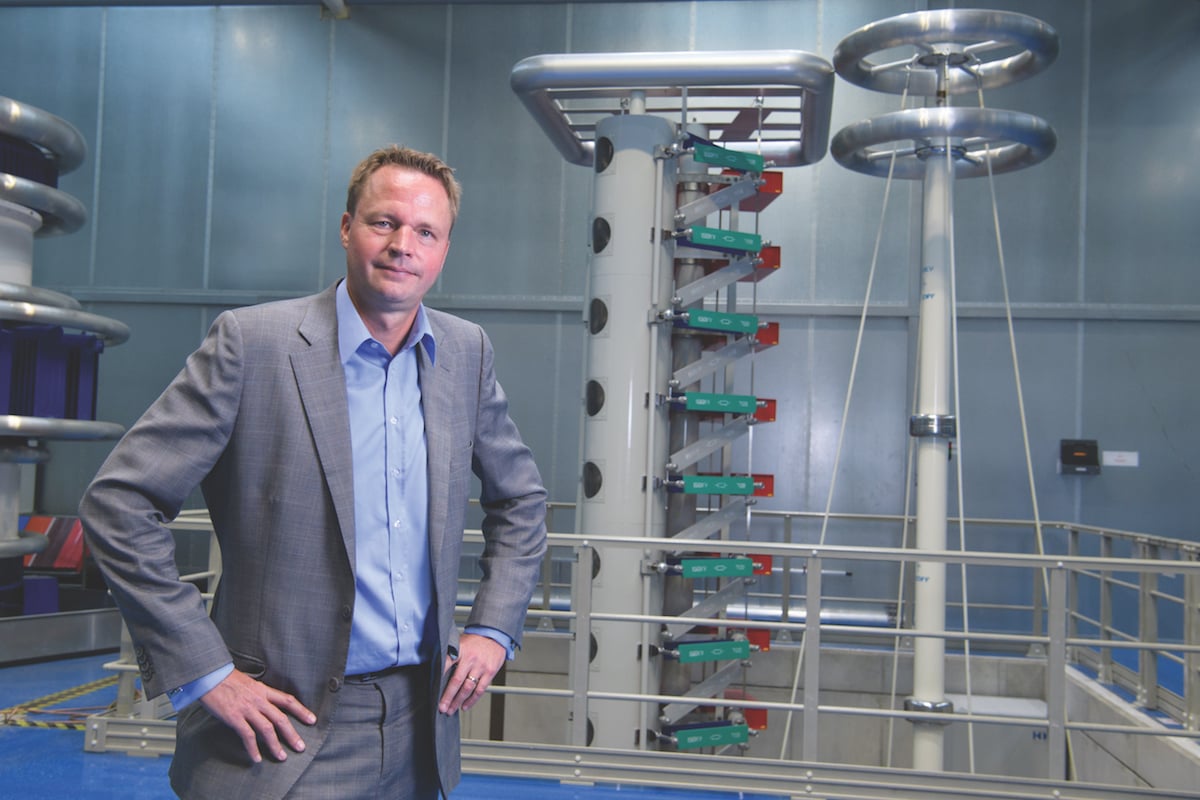
“We must make sure our salespeople are effective with our customers, and that they’re well aligned with product management and engineering with the supply chain and also support functions like HR and finance. How can they support the business in the best possible way without this knowledge?” he adds. “It is really about our salespeople understanding our customers’ needs and the functional or process interfaces within the organisation that can provide solutions to these needs, and then working to provide the best solutions to our customers.”
The third pillar is making the Energy business’s regional model a more global one, by deconstructing the traditional regional model to leverage global manufacturing and engineering strengths across TE Connectivity. “I am in the process of aligning our plans more globally, starting with a good demand forecast, which is not always easy because we have a very fragmented customer base. When I look back over a year ago, we had a very regional model across 3 markets: Asia–Pacific; the Americas; and Europe, the Middle East and Africa. And they were all independent of each other,” he says.
“Now we have 12 factories across 5 continents to provide our customers with more value, faster development of products, and better service. By combining local knowledge with world-class research, product development, and manufacturing capabilities, we set high standards of performance and user convenience.” Stefan says throughout his career he has witnessed both good and bad examples of sales and operations processes (S&OP), and he will apply his learnings to this, plus the fourth pillar of his strategy. This moves from commercial excellence to operational excellence, with a plan to simplify working models to ensure less confusion and greater reliability.
“Achieving the right quality and having the right lead times is so important. With the 12 energy plants, we are selling in 150 countries, and we have 40,000 products, so clearly this creates a lot of complexity,” he says. “We are working in a low-volume, high-mix manufacturing environment, and the key with that sort of lean operating model is that the customer must not feel the complexity, meaning we must have the right processes in place to mitigate this complexity.”
Global synergies
One area that Stefan says remains important to maintain a regional focus is in its suppliers. “In every region, we have tier 1, tier 2 and tier 3 suppliers, and we have very clear processes for each; it’s similar to how we work with distributors,” Stefan explains. “In future, we will not move away from that completely because regional suppliers are very important. Regional suppliers will be important for us particularly because some electrical products, especially the metal products, are also very heavy and difficult to transport.”
“It is very clear that the industry is a conservative one, and it is an industry that needs a lot of reliability. My simple vision is that our Energy Business Unit becomes the most reliable partner within our industry.” – Stefan Rustler
Despite this, the company will still also be working to define a layer of global suppliers and then develop a global supplier management process to complement regional processes. “It’s similar to our procurement process. Earlier, we had a regional model with the procurement leaders for countries or small groups of countries reporting to the regional operations leader. This drove accountability, but we didn’t always see the global synergies, and that’s something we wanted to change,” says Stefan. “We now have a global structure in place, with an operations leader under me into whom now global supply chain and procurement report. Our endeavour is to keep these functions thinking globally, without losing the regional accountability and customer intimacy.
“In summary, we are a global business unit, present across so many countries, with fantastic products. We will continue to be successful, provided we understand customer needs and keep structuring our internal organisation and processes to provide fast and effective solutions. We will keep leveraging the TE Connectivity and Energy Business Unit global synergies, while respecting regional customer relationships and dynamics. This model will drive our success.”

